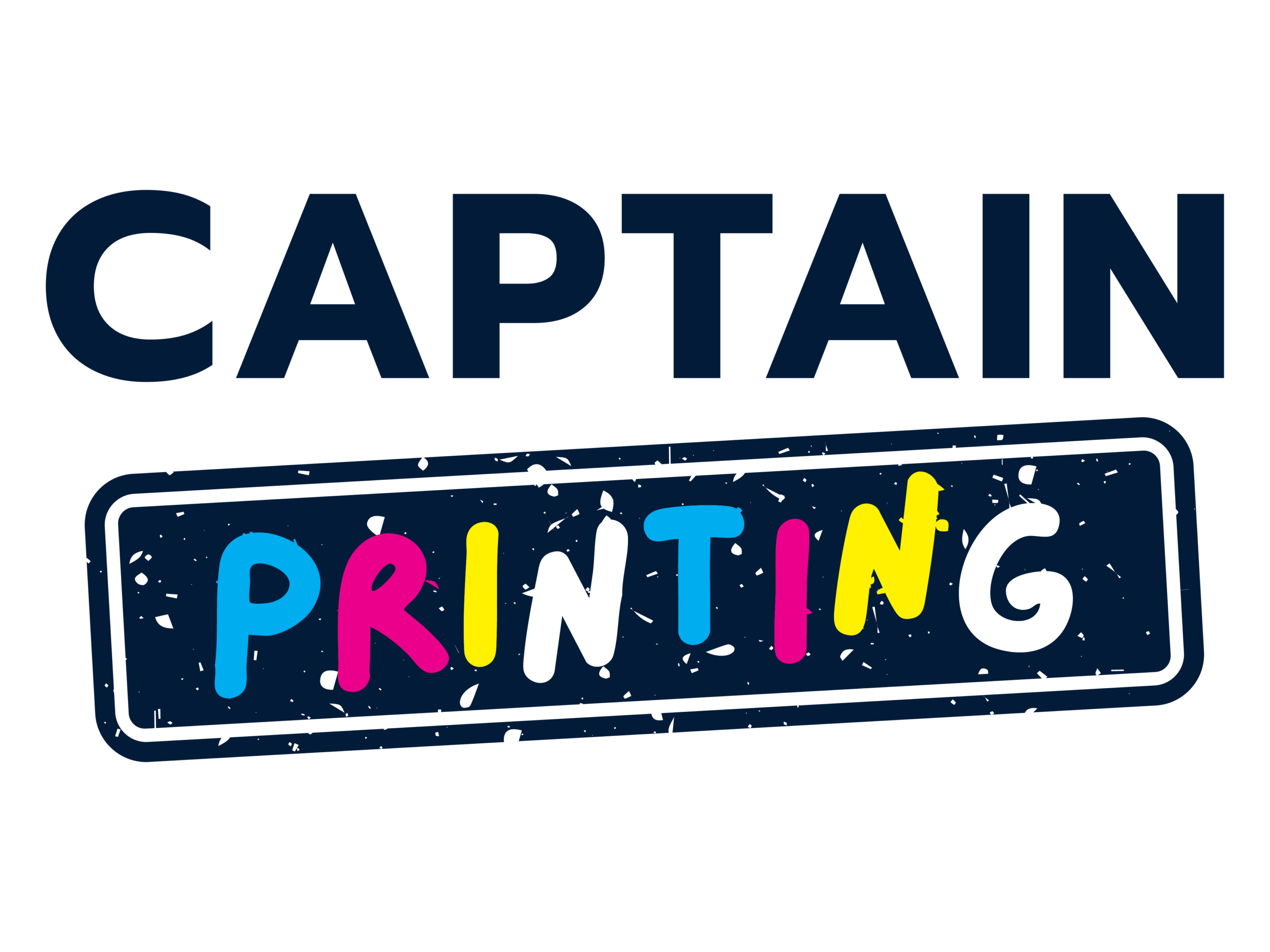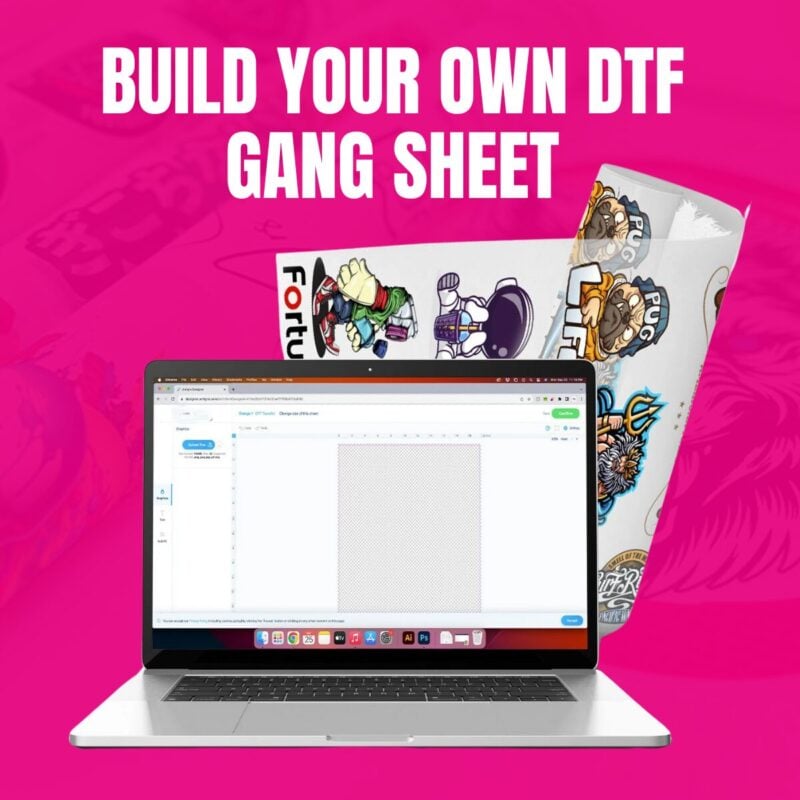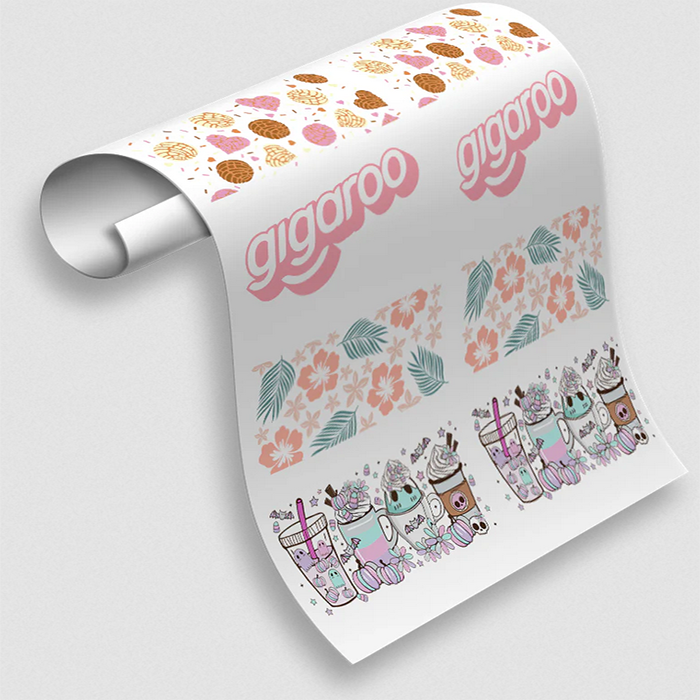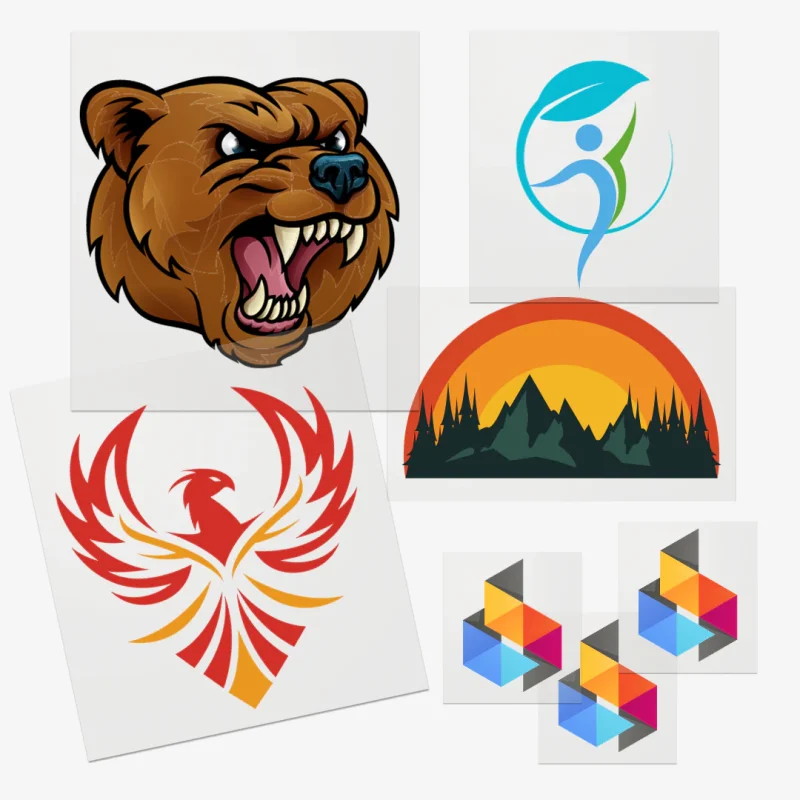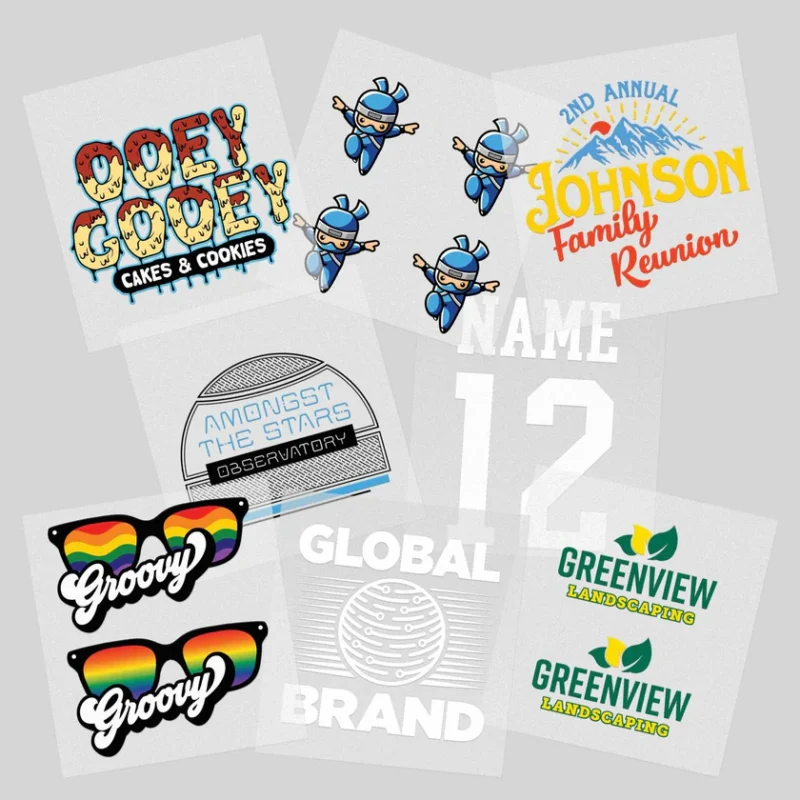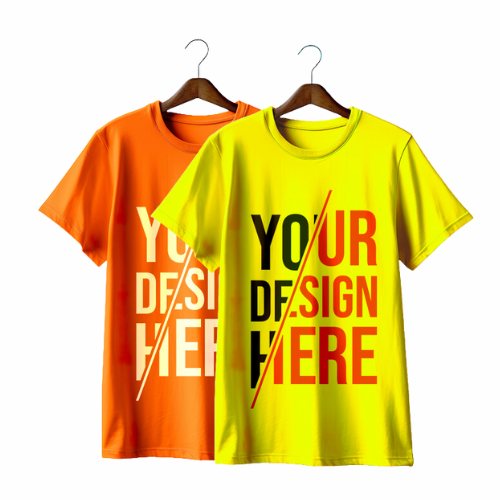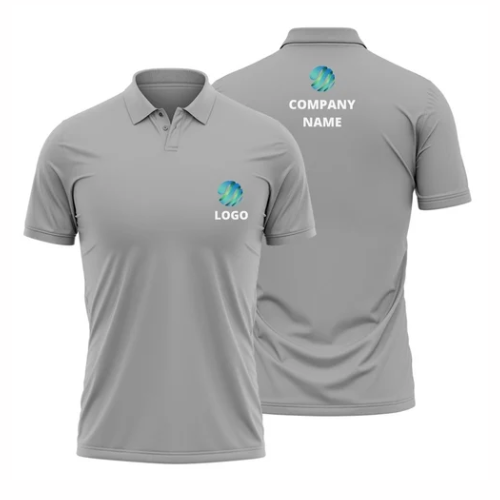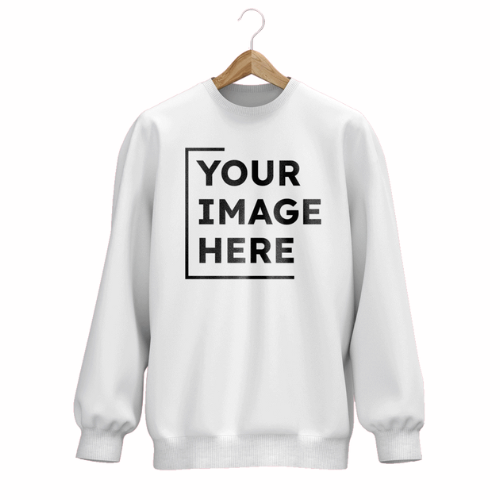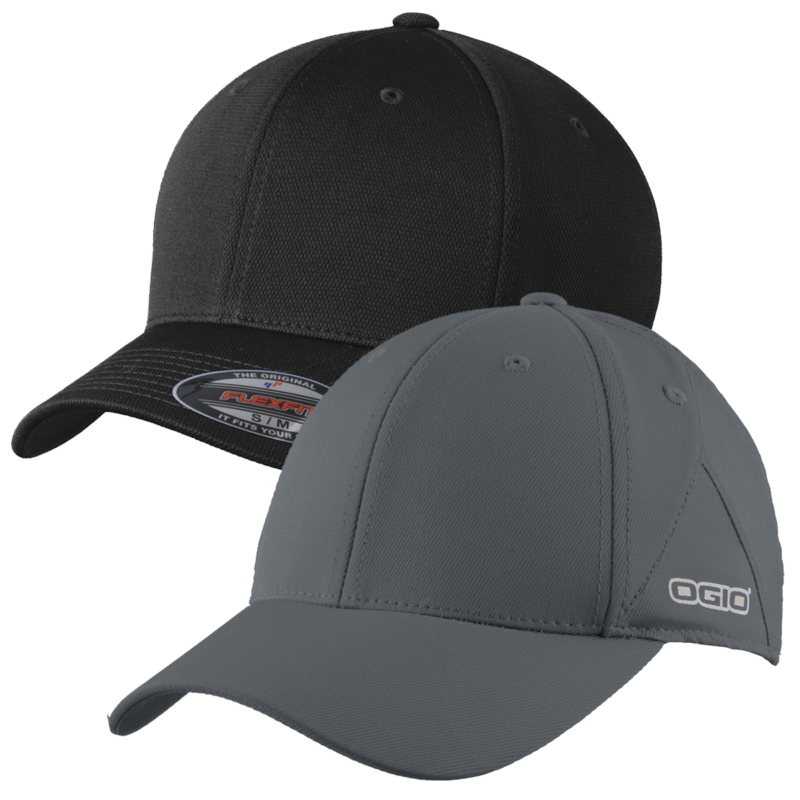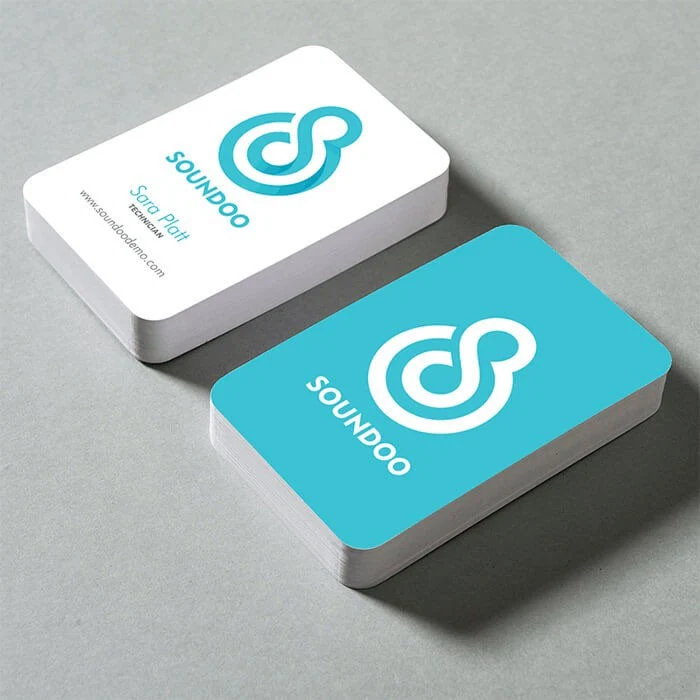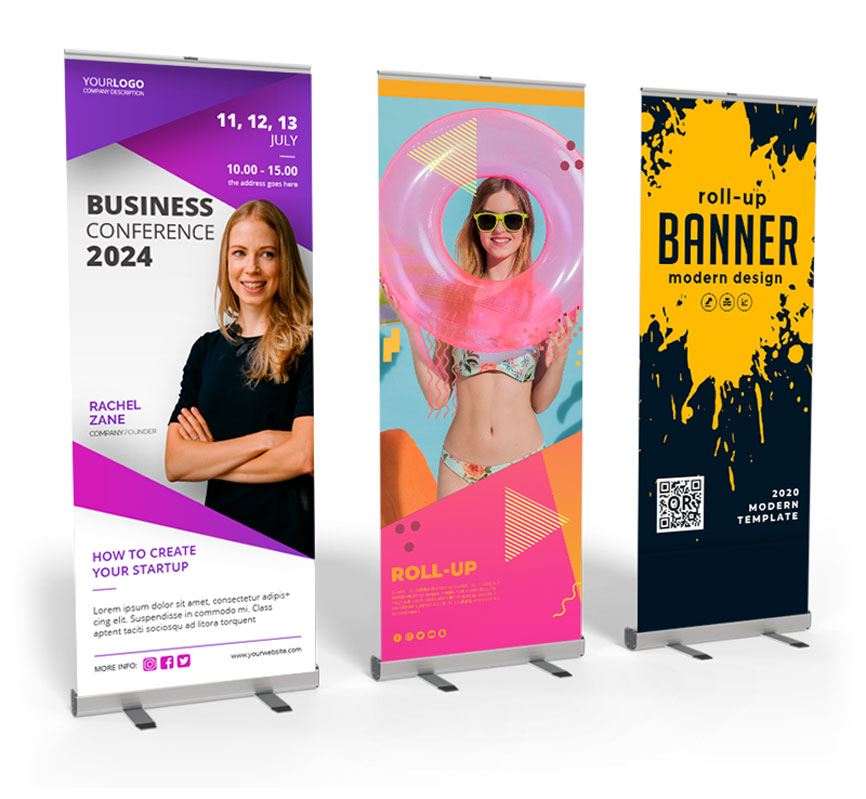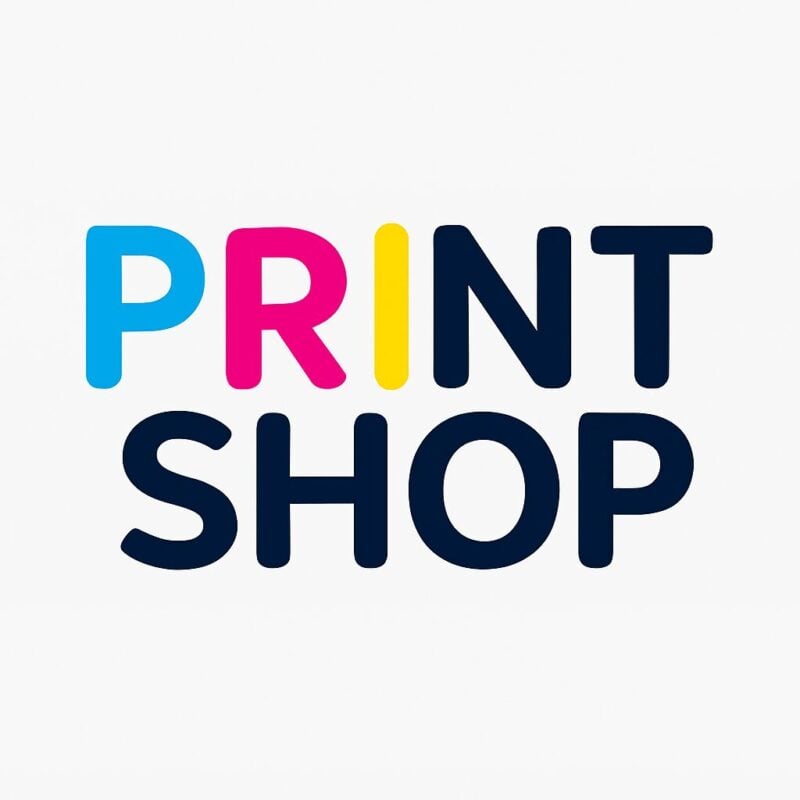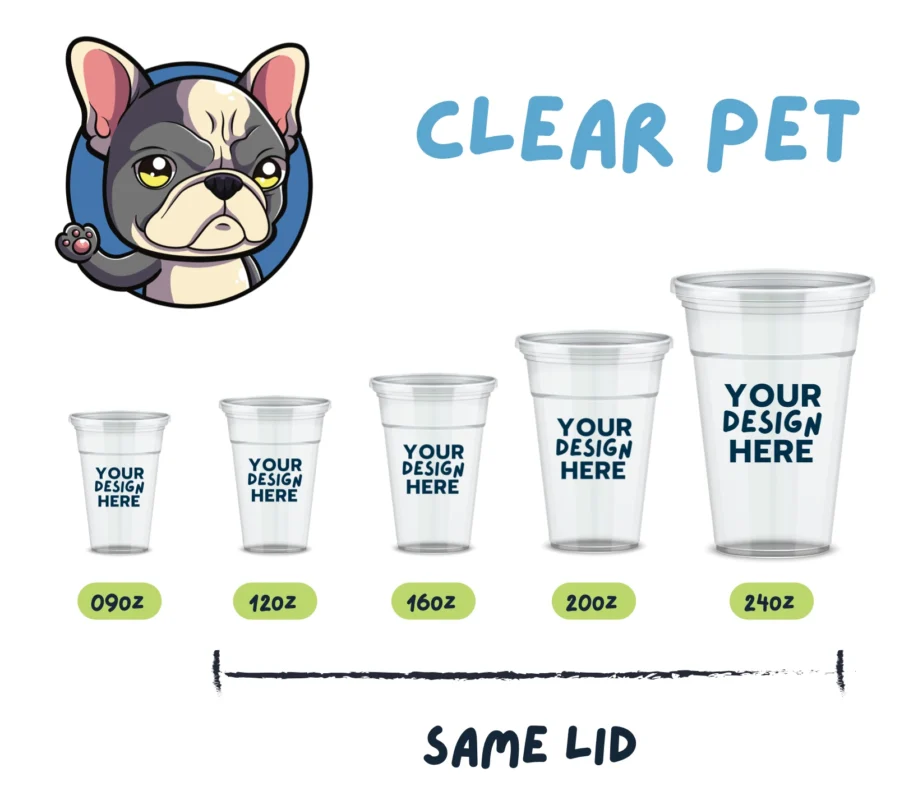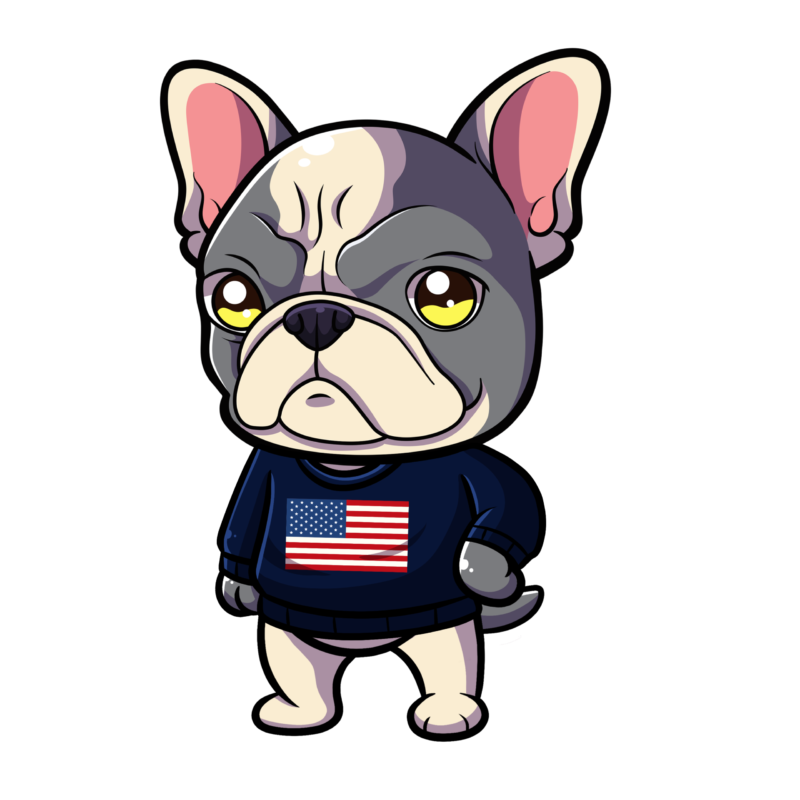When it comes to custom apparel printing, Direct-to-Film (DTF) and Screen Printing are two popular methods, each with its own strengths. If you’re deciding between DTF and screen printing, understanding their differences, costs, and versatility can help you make the right choice for your business. This guide dives into the core distinctions of DTF and screen printing, helping you make an informed decision for your projects.
Table of Contents
- What is DTF Printing?
- What is Screen Printing?
- DTF vs. Screen Printing: Key Comparisons
- Print Quality and Color Reproduction
- Durability and Washability
- Feel and Texture
- Material Compatibility
- Printing Speed and Turnaround Time
- Cost and Scalability
- Which Method is Better for Your Needs?
- FAQs
What is DTF Printing?
Direct-to-Film (DTF) printing is a versatile printing method that involves printing designs onto a special PET film. After printing, the film is coated with adhesive powder and heat-pressed onto the garment, bonding the design directly to the fabric. Known for its vibrant colors and flexibility, DTF is ideal for intricate, multi-color designs and works well on both light and dark fabrics.
Benefits of DTF Printing:
- Versatility: Can print on cotton, polyester, blends, and more.
- Durability: Withstands frequent washing and wear.
- Vibrant Colors: Produces sharp, colorful prints even on dark fabrics.
- Suggested Photo: Close-up of a DTF print on a colorful shirt
- Keywords: how to press DTF transfers, how to print DTF transfers, how does DTF printing work
What is Screen Printing?
Screen Printing is a traditional method where ink is applied through a mesh screen directly onto the fabric. This process involves creating a stencil (screen) for each color, so it’s best suited for simple, bold designs with limited colors. Screen Printing is highly cost-effective for bulk orders and produces long-lasting, vibrant prints.
Benefits of Screen Printing:
- Excellent for Bulk Orders: Cost-effective for large quantities.
- Durability: Ideal for simple, long-lasting prints.
- Vivid Colors: Delivers solid, opaque colors, especially on light fabrics.
- Suggested Photo: Screen printing setup with screens for multiple colors
- Keywords: screen printing process, screen printing durability, how to screen print
DTF vs. Screen Printing: Key Comparisons
Both DTF and screen printing produce durable and vibrant prints, but each method shines in different areas. Here’s a closer look at how they compare.
Print Quality and Color Reproduction
DTF Printing excels at producing high-definition, photorealistic designs and supports a full CMYK color range. This makes it perfect for intricate designs with smooth gradients and detailed color work.
Screen Printing, on the other hand, achieves vivid, opaque colors but can be challenging with complex or multi-color designs since each color requires a separate screen.
- Keywords: color vibrancy in DTF, how to make a DTF transfer, screen printing color reproduction
Durability and Washability
When it comes to durability, both methods can withstand frequent washing. DTF prints bond directly to the fabric and are highly resistant to cracking and fading, especially when properly applied. Screen printing is also durable, but thicker ink layers can sometimes crack over time, especially on designs with large areas of color.
- Keywords: how long do DTF transfers last, DTF wash durability, screen printing durability
Feel and Texture
DTF transfers generally have a smooth, lightweight feel on the garment, but larger designs may have a slightly glossy texture. Screen prints tend to have a thicker, heavier feel due to the ink layers, which can be more noticeable, especially on dark fabrics.
- Keywords: how to make a soft DTF print, DTF vs. screen print feel, smooth finish in DTF
Material Compatibility
DTF Printing is highly versatile and works on a variety of fabrics, including cotton, polyester, blends, and even synthetics. It’s ideal for custom items on diverse materials.
Screen Printing is best for cotton and cotton blends but may struggle with vibrant color reproduction on darker, synthetic fabrics. Screen printing also requires specific inks for different materials, which can add complexity.
- Keywords: material compatibility in DTF, DTF on synthetics, screen printing on cotton
Printing Speed and Turnaround Time
For smaller orders or complex designs, DTF Printing offers faster turnaround times. It requires fewer setup steps and can print multiple colors simultaneously, which is ideal for small-batch, on-demand printing.
Screen Printing requires more time for setup, as each color needs its own screen. While it’s highly efficient for bulk orders, it may not be the fastest option for custom or multi-color designs.
- Keywords: DTF quick turnaround, how to print a DTF transfer, screen printing setup time
Cost and Scalability
DTF Printing is more affordable for small-batch or custom orders with intricate designs, as it has minimal setup costs and doesn’t require separate screens for each color. For businesses with diverse or custom orders, DTF can be a cost-effective solution.
Screen Printing becomes more economical for larger orders with simple, single-color designs. However, the initial setup costs can be higher due to screen creation, making it less ideal for smaller, highly detailed projects.
- Keywords: cost of DTF transfers, screen printing cost efficiency, DTF vs. screen printing pricing
Which Method is Better for Your Needs?
Your choice between DTF and Screen Printing depends on your project’s complexity, order size, and material. DTF Printing is ideal for small to medium custom orders with detailed designs, especially on dark or synthetic fabrics. Its ease of use and faster setup make it a great choice for on-demand custom apparel.
On the other hand, Screen Printing is the go-to for high-volume orders with bold, simple designs on cotton fabrics. For large quantities, screen printing offers unmatched efficiency and durability, making it perfect for branding and merchandising.
FAQs
How to press DTF transfers effectively?
Set your heat press to 275-295˚F, press for 10-15 seconds, then allow it to cool before peeling.
How long do DTF transfers last on shirts?
With proper care, DTF transfers can last through 50+ washes without significant fading or cracking.
How do you apply DTF transfers to shirts with an iron?
Place the DTF transfer on the shirt, use high heat, press down firmly, and let it cool before peeling for a smooth finish.
How to remove DTF from a shirt?
Gently apply heat to the transfer area to soften the adhesive, then peel off carefully to avoid damaging the fabric.
What’s the difference between DTF and screen printing?
DTF is better for small-batch, detailed designs across various fabrics, while screen printing is cost-effective for large, single-color orders on cotton.
This expert SEO-optimized guide covers the key differences between DTF and Screen Printing with natural keyword integration for improved search visibility. Each section provides practical information and comparison points to guide readers in selecting the best method for their custom apparel needs.
